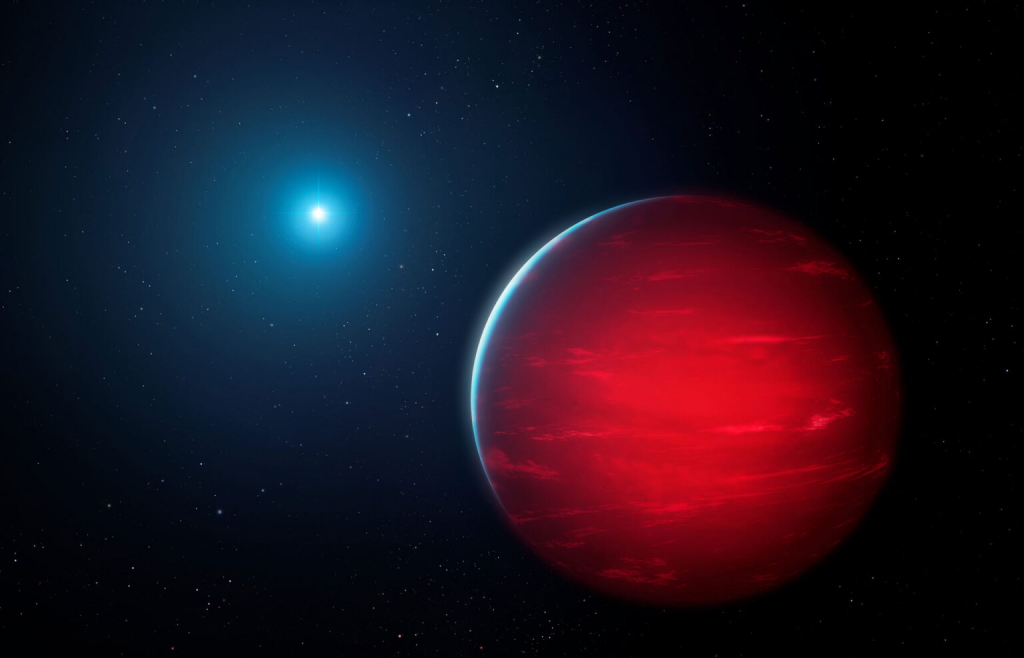Astronomers from the Weizmann Institute of Science in Israel have made a remarkable discovery in the vastness of the universe. After recently unveiling the fastest runaway stars in the Milky Way galaxy, they have now stumbled upon an extraordinary object that surpasses the scorching heat of our Sun.
The brown dwarf known as WD0032-317B has caught the attention of astronomers for its astonishingly high temperature. Its proximity to its host star results in a temperature that far exceeds that of our own Sun. While our star reaches temperatures of approximately 5,778 Kelvin, the host star of WD0032-317B, called WD0032-317, is much hotter at 37,000 Kelvin despite being only 40 percent the mass of the Sun. This close interaction causes the brown dwarf to burn at around 8,000 Kelvin, significantly higher than the temperature of other known brown dwarfs. Such extreme heat leads to the disintegration of atmospheric molecules into individual atoms.

Furthermore, the brown dwarf is tidally locked, meaning that one side always faces the star while the other side remains in perpetual darkness. Consequently, the temperatures experienced by each side differ significantly. The side facing the star ranges from 7,250 to 9,800 Kelvin, while the side away from the star encounters relatively cooler temperatures of about 1,300 to 3,000 Kelvin.
The researchers emphasize that the scorching temperatures on the side facing the star make WD0032-317B nearly 5,100 Kelvin hotter than any other known large exoplanet. As a result, this brown dwarf takes the title of the hottest known brown dwarf to date.

The discovery of WD0032-317 and its brown dwarf companion occurred back in the early 2000s, utilizing data collected by the European Southern Observatory’s Very Large Telescope. This newfound knowledge holds promise for shedding light on the relationship between blazing stars and the effects they have on objects orbiting around them.

This breakthrough opens up new avenues for exploring the mysteries of the cosmos and expands our understanding of the diverse and fascinating objects that exist beyond our planet.
The findings from this study have been approved for publication in the journal Nature Astronomy and are currently available on arXiv.


